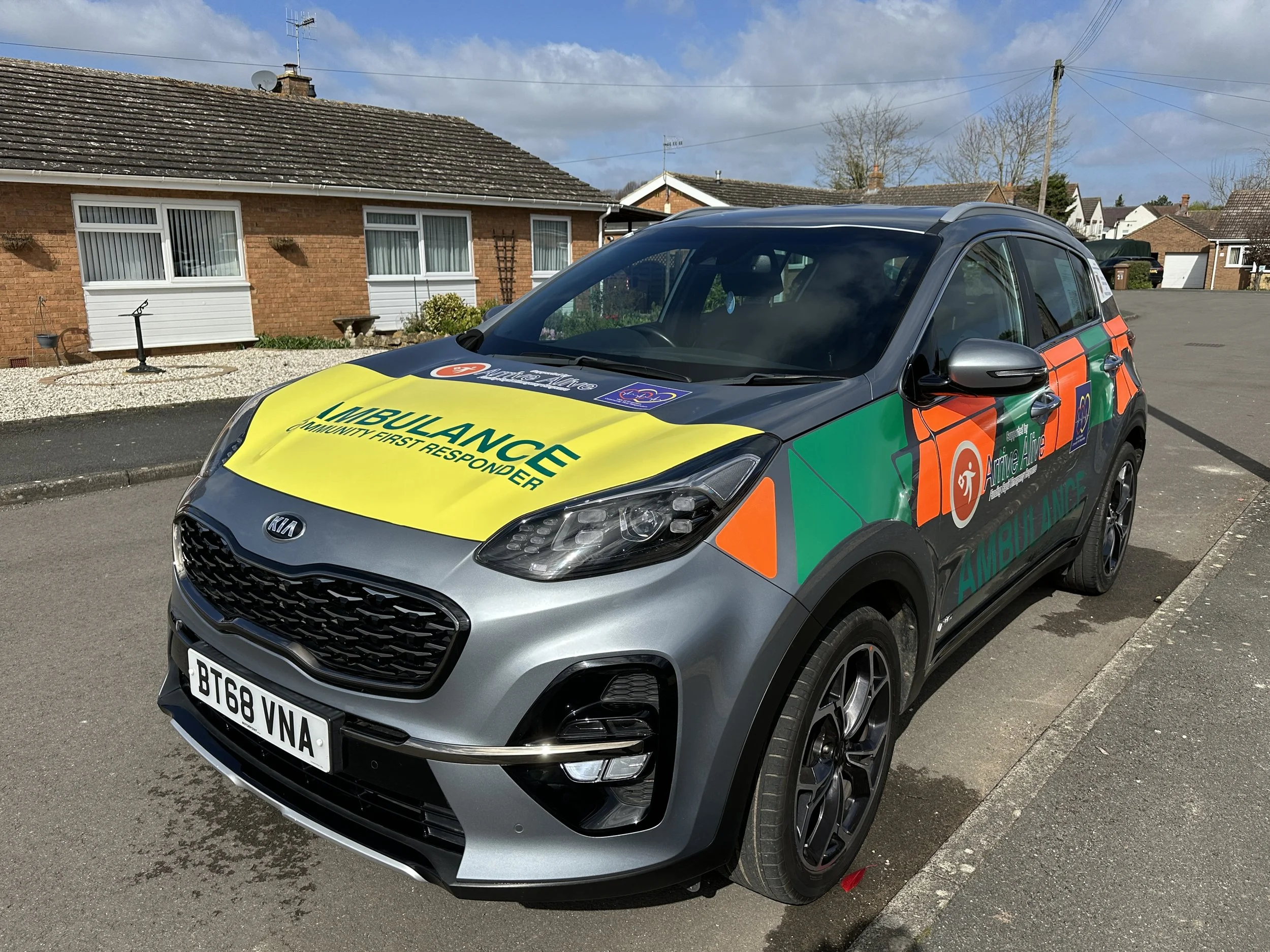Vale of Evesham Community First Responders
Unpaid volunteers who work on behalf of West Midlands Ambulance Service, responding to 999 emergencies to provide life saving treatment to people within our local communities. Trained and qualified to a nationally recognised standard, we have responders located in Broadway, Badsey, Abbots Morton, Evesham and Eckington.
Click here to find out more about us
Did you know that whenever you buy anything online – from your weekly shop to your annual holiday – you could be raising free donations for Vale Of Evesham Community First Responders with easyfundraising? There are over 8,000 retailers on board ready to make a donation – including eBay, Argos, John Lewis & Partners, ASOS, Booking.com and M&S – and it won’t cost you a penny extra to help us raise funds.
All you need to do is: 1. Go to https://www.easyfundraising.org.uk/causes/vale-of-evesham-community-first-responders/ and join for free. 2. Every time you shop online, go to easyfundraising first to find the site you want and start shopping. 3. After you’ve checked out, the retailer will make a donation to Vale Of Evesham Community First Responders at no extra cost to you whatsoever! There are no catches or hidden charges and Vale Of Evesham Community First Responders will be really grateful for your donations. Thank you for your support.


